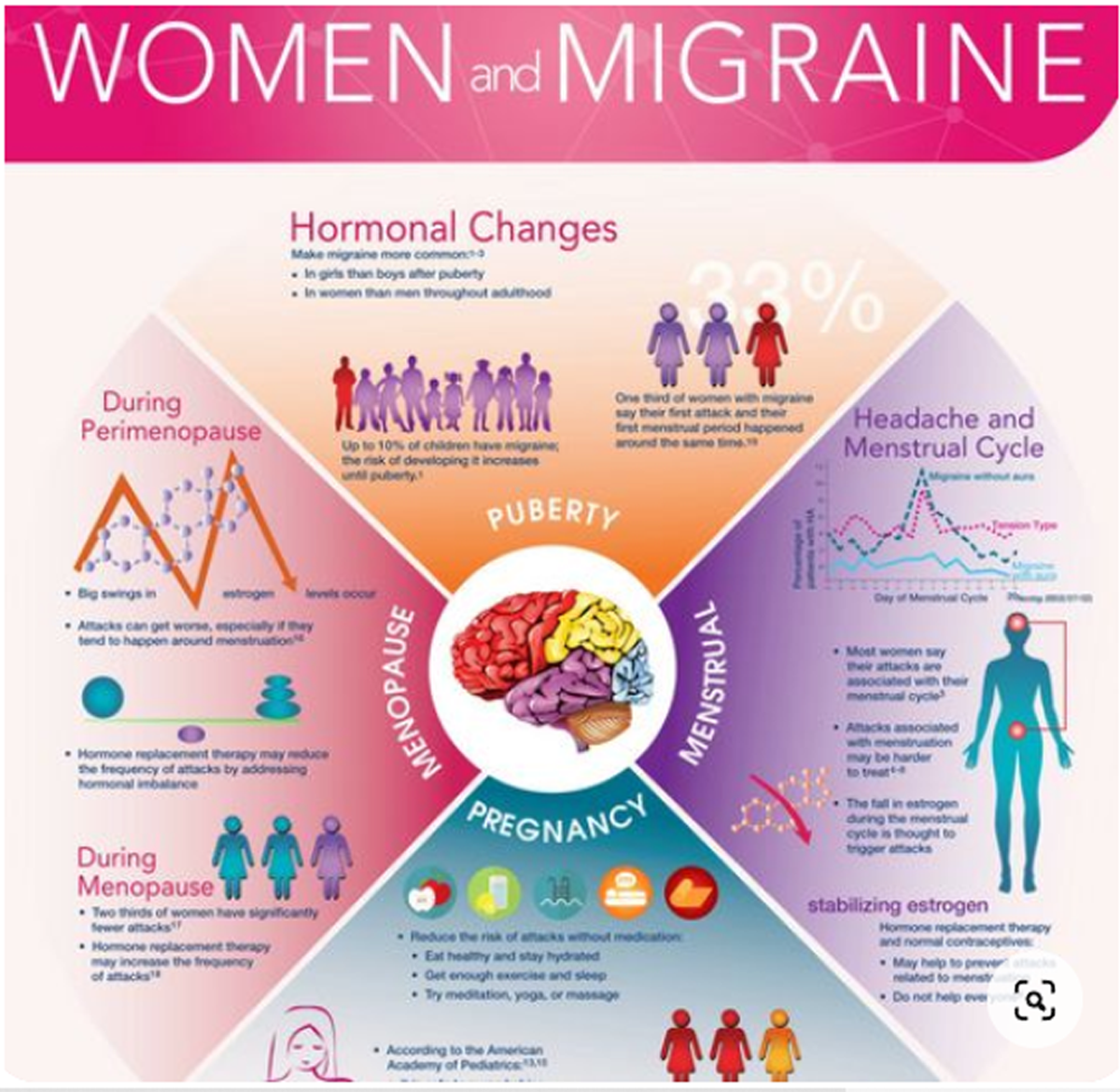The Physical Impact of Migraines on Female Chiropractic Patients: A Qualitative Study
SOURCE: Health SA 2023 (Oct 25): 28: 2283
| OPEN ACCESS |
Ashalya Pirthiraj and Raisuyah Bhagwan
Department of Chiropractic,
Faculty of Health Sciences,
Durban University of Technology,
Durban, South Africa.
Background: Migraines are highly prevalent among the female population and have a significant burden on one’s quality of life and physical functioning.
Aim: The study explored the physical impact and contributory factors of migraines on women and their experience of chiropractic treatment for migraine pain management.
Setting: The study was conducted in the eThekwini region of KwaZulu-Natal, South Africa.
Methods: The study used a qualitative descriptive design and adopted purposive sampling. The data were collected through 12 semi-structured interviews, between March and September 2021, and analysed using thematic analysis.
There are more articles like this @
Results: The first theme that emerged focused on the physical effects of migraines. The second theme related to the factors that contributed to migraines. The third theme that emerged focused on chiropractic treatment for migraines.
Conclusion: The majority of the participants experienced chronic migraines and migraines without aura. The participants felt incapacitated and experienced debilitating physical effects with their migraines. The study highlighted that chiropractic treatment was favourable among the female population in improving the quality of life and reducing the severity, disability, duration of suffering and frequency of migraines. It was revealed that chiropractic was the preferred non-pharmacological approach for migraine treatment, as it proved to be a beneficial and effective treatment for migraine pain management.
Contribution: The findings contribute to a greater awareness of chiropractic as an effective evidence-based treatment approach for migraine pain management, which may be beneficial to migraineurs and healthcare practitioners.
Keywords: chiropractic; contributing factors; female migraineurs; migraines; physical functioning; physical impact; triggering factors.
From the FULL TEXT Article:
Introduction
A migraine headache is a primary headache disorder that is characterised by reversible systemic or neurological symptoms (Dodick 2018:1315). Migraine headaches are one of the worlds most debilitating headaches, ranking seventh among the 10 leading causes of years lived with disability worldwide (Vos et al. 2016:1545). Migraines affect nearly 56 million people in Africa and are prevalent among people of all age groups (Woldeamanuel, Andreou & Cowan 2014:1). However, it is most prevalent globally among young and middle-aged women (Stovner et al. 2018:954). Migraines are three times more common in females than males, with the peak prevalence between 25 and 55 years of age (Dodick 2018:1317; Connor et al. 2021:1). Migraines were the most common headache type among South African university students, with the majority of migraineurs being females (Basdav, Haffejee & Puckree 2016:1680; Prangley 2010:49).
Migraine without aura presents with photophobia, phonophobia, nausea or vomiting (International Headache Society 2018:19). Migraines last 4–72 h (when untreated), with an average of 24 h duration per attack (Dodick 2018:1315). Migraine with aura presents with unilateral fully reversible visual, sensory or other central nervous system symptoms that usually develop gradually [aura] and are usually followed by headache and associated migraine symptoms (International Headache Society 2018:20). The aura may last between 5 and 60 min.
Although migraines are highly prevalent and have a significant burden on the quality of life, they are underdiagnosed and undertreated (Befus et al. 2018:1). Because of the comorbidity of musculoskeletal complaints and migraines, chiropractic is a potentially promising evidence-based non-pharmacological approach to migraine management (Connor et al. 2021:2; Rist 2019:533; Wayne et al. 2020:1).







Leave A Comment